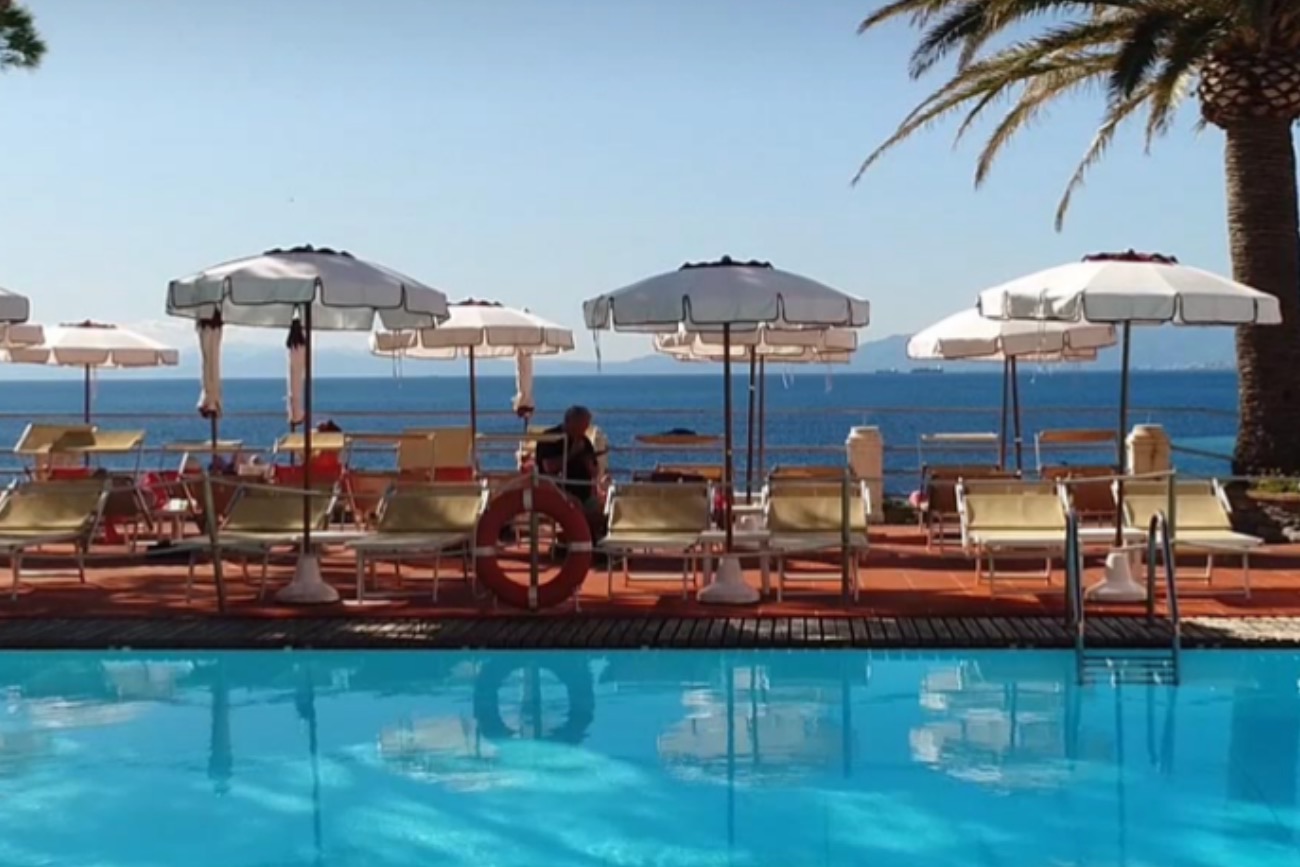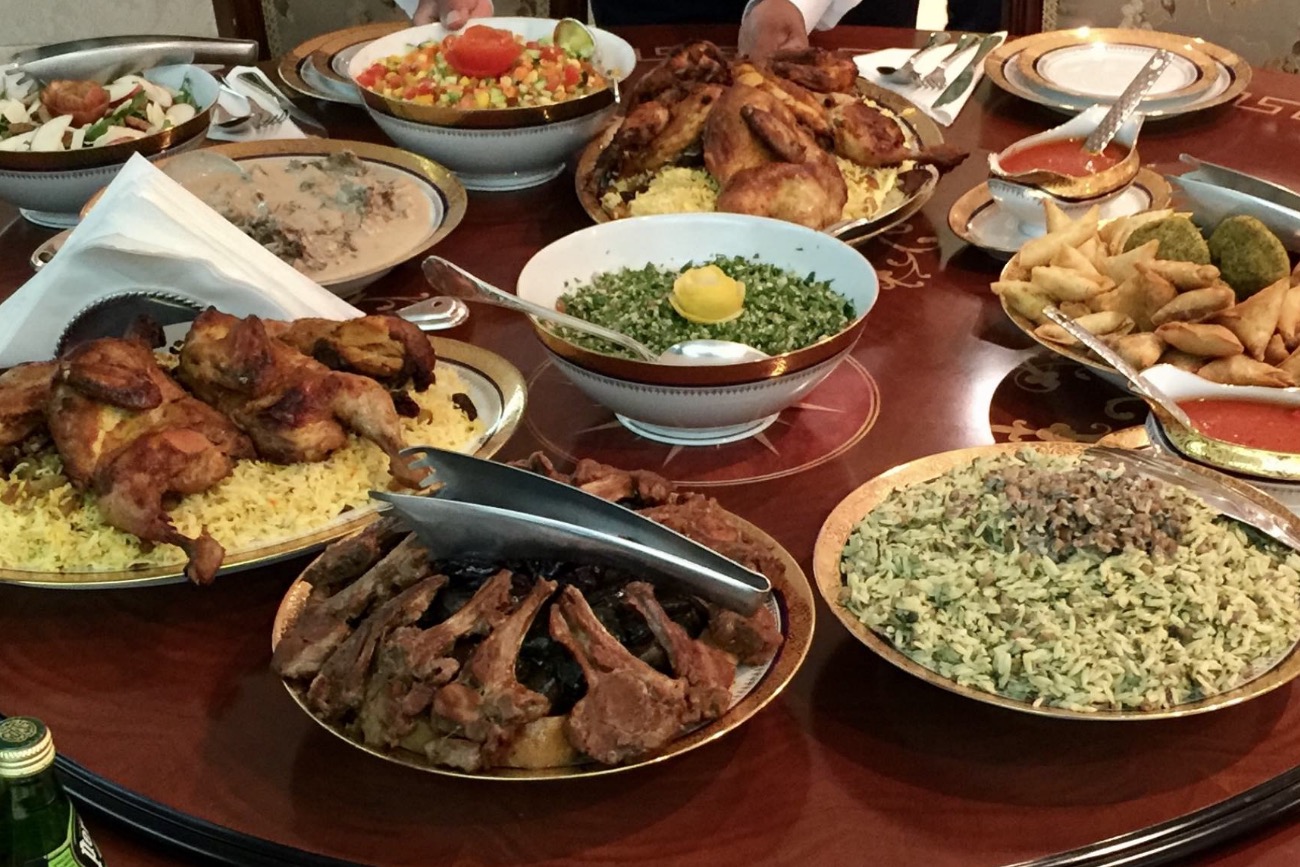South Africa and the Western Cape is home for some of the most stunning driving routes in the world. Driving in South Africa shouldn’t be a chore, far from it, it’s one of the best countries for driving that I’ve visited. From the famous ocean side Chapman’s Peak Drive framed by jagged cliffs, to the Franschhoek Pass and the achingly beautiful Overstrand coast road. You are spoiled for choice wherever you drive in South Africa.
But, like anywhere new, driving can be a worry for some. So, if you’re planning a road trip in South Africa, particularly the Western Cape, here’s what you can expect.

Driving In South Africa
We found driving in South Africa, and the Western Cape an absolute pleasure. The roads are primarily well-laid and practically signed. Besides the main, wide motorway routes into Cape Town and in Cape Town, we found very little traffic. Rush hour, like anywhere else, sees snarled-up, slow-moving lines of vehicles but if you avoid these times you’ll often feel you have the road almost to yourself.
Driving in South Africa In The Cape Town Rush Hour

The rush hour in Cape Town, like most cities the world over, isn’t anywhere close to being restricted to an actual “hour”. On arrival, we took a taxi from the airport into Cape Town at around 8:30 am. Our driver took several off-the-main-drag detours to avoid the worse of the traffic but it was slow, taking about an hour and a half to get to the Victoria and Alfred Waterfront. As we headed back to the airport in our own rental car at the end of our trip, the driver warned us to allow an extra hour as our journey would be early in the morning.
The rush hour seemed to start ramping up at around 6:30 am and peaked just before 9 am. During our stay, we drove from the V&A to various places, such as Kirstenbosch Botanical Gardens, and found the traffic had dispersed by 10 am. It ramped back up again around 4 pm, peaked between 5 and 6 pm, and dispersed again after 7 pm.
Outside of Cape Town, we found very little traffic, including at peak times.
Though the traffic is slow moving, it rarely stopped entirely for us. Maybe we were lucky as there were reports of significant snarl-ups on the radio.
Traffic in Cape Town itself, in the Waterkant and City Centre areas, was busy but nowhere near as bad as, say London or New York.
Driving Outside of Cape Town
We drove north from Cape Town to Cederberg, back down to Franschhoek in the Winelands, and then onto Pringle Bay on the coast before returning to the airport outside Cape Town. Most of the roads were well maintained, often dual-carriageways. Even on single-carriageways, there were plenty of passing places and crawler lanes for slower vehicles.

1. Drive on The Left
Like the UK, you drive on the left in South Africa. All of the rental cars are right-hand drive. Automatics are available for a surcharge, but most hire cars were manual drive.
2. Stop SignS - First Come First To Go
A great tip our airport transfer taxi driver told us saved us lots of stress and bewilderment. Cross-road junctions with each of the feeder roads having “Stop” signs are common across the Western Cape. When driving in South Africa you should know this tip. First of all, when you approach a junction with a “Stop” sign, you must stop. Technically you should apply the handbrake, but most seemed to pause without such a hard stop. These aren’t “Give Way” junctions like in the UK, they’re proper Stop junctions.
Once stopped, if you don’t know this tip, it could become a bit of a standoff if other drivers are also stopped and waiting to go at any of the other feeder junctions. In the UK we’d give way to cars from the right. It’s different here. The process is one of “first come, first to go” as our taxi driver informed us. Whoever arrives at the Stop Junction first, is the first to go. Simple as that and, remarkably, 99% of the times we encountered these common junctions, everyone abided by the rule.
Just be warned. If you pause too long when it’s your turn to go (i.e. you arrived first), then you may get a horn blast to tell you to go, or you may lose your spot in line. If in doubt, and you think it’s your turn, just edge forward and see if everyone else stays put.
2. Keep Your Phone Out Of Sight
 Another great tip our taxi driver gave us was this one. Whenever you’re travelling slowly, especially in a built-up area, or you stop at a junction, keep your phone out of sight. This goes for your passengers too. We heard of two real-life examples from fellow travellers and a local where someone had smashed the car window in an attempt to grab the phone.
Another great tip our taxi driver gave us was this one. Whenever you’re travelling slowly, especially in a built-up area, or you stop at a junction, keep your phone out of sight. This goes for your passengers too. We heard of two real-life examples from fellow travellers and a local where someone had smashed the car window in an attempt to grab the phone.
The same goes for sticking it to the windscreen if you’re relying on it for SatNav. Keep it out of sight, low down on the dash and to the centre of the car if you need to use it for this purpose. We got around this by having my wife push the phone under her legs or into the glove box whenever we came to a junction.
3. Keep Windows Closed When Parking
Don’t be tempted to leave a window open to air the car when parking, even at remote parking spots and however short a stay you plan to make. The baboons, especially if they smell food in the car, will try to prize a slightly open window wide to get inside.
4. Move Over On Main Roads TO Allow Faster Vehicles to Pass
Most of the roads in the Western Cape and surrounding areas, even up in the Cederberg Mountains, are well-laid, wide roads. Even the single-carriageway roads had frequent passing places or even continuous shoulders marked with a yellow line.
It’s not essential, but often courteous to edge a set of tyres over the yellow line so that faster-moving vehicles can pass on the outside. Be careful that there’s nothing ahead to obstruct you, like a broken down car, pothole, fallen rock or roaming ostrich.
If you’re stuck behind a slow-moving lorry on an uphill stretch, don’t fret about taking risks to get by as chances are there’ll be a crawler lane ahead. This aspect of driving in South Africa was brilliant and made the whole driving experience much more relaxed and quicker.
5. Fuel Stations
There are fuel stations everywhere, especially on all the main routes. When you pull into the forecourt, look for one of the pump attendants directing you to a particular pump. There’s a little bit of competitiveness between them, especially at the larger stations. They want you at their pump. This may mean your fuel cap will end up on the wrong side. Don’t worry, they’re experts at dragging the pipes around your car.
All of the fuel stops we used accepted contactless. The pump attendant has a card reader. Just check the amount on the display before tapping, and always ask for a receipt or at least wait until you receive the transaction notification on your phone.
Tip the attendant whatever you feel is appropriate. We considered around 40 Rand (about £2) was well received if the attendant was pleasant or cleaned the windscreen etc.
Be careful using remote fuel stations late at night. Keep your doors and windows locked as much as you can. Personally, we stuck to the big, well-lit stations on the big thoroughfares.
6. What Class of Hire Care Will I Need?
We ended up with a smaller car than I was expecting (a Suzuki Swift, I thought I was getting a VW Polo) but to be honest it was perfectly OK for the excellent roads. We drove all the way from Cape Town up to Clanwilliam in the Cederberg Mountains, back down to Franschhoek in the Winelands, down to the coast at Pringle Bay near Hermanus and then back to Cape Town. We drove around Franschhoek and the coastal towns as well. The car had a 1.4-litre engine and I wouldn’t go for anything smaller as you’ll be motoring along much of the time and the bigger the engine the less tiring this will be. A 4×4 would be an unnecessary luxury unless you’re planning on going off-road a lot. The other benefit of a nondescript little car is that it doesn’t stand out and scream “Tourist – Car Jack Me!”. We used Avis and other than the minor inconvenience of the fuel scam (see below) was a good experience. Communication was good, the check-in process was good and the drop-off was swift.

7. Warning - Car Hire Scam
Whether you fill up your rental car before returning it or not, you will likely be charged a refuel service fee and the cost of any fuel. My final invoice took almost two weeks to arrive and when it did I was initially annoyed and about to contact the rental company, Avis. The reason was I’d been charged the refueling fee and cost of a very small amount of fuel, even though I’d filled up just over a mile from the airport and the gauge was still clearly showing the tank as full.
I calmed down a little when I realised the amount was something like £1.28 after applying the exchange rate at that time. From Avis’ point of view, this seems like a very small amount of money to annoy customers for. The tiny amount of fuel they put in was probably used driving back to the rental car lot anyway.
To Summarise
We found driving in South Africa relaxing and straightforward. Being on the right hand side of the road helps. We found the other drivers usually courteous and not as aggressive as drivers in the UK or Europe. Mistakes were tolerated, last minute signals, being in the wrong lane, being slow to leave an interchange etc, were all patiently monitored with no blasting of horns or waving of arms.
The roads were of a very good quality (obviously if you’re going to secluded accommodation or sights you may have a stretch of unmade road to negotiate). The traffic was busy in Cape Town at peak times, but not as bad as in other cities I’ve driven in (London included). In all, we felt relatively safe and confident driving around. You should give it a go, it’s such a beautiful country and a car is the only way to explore its vastness.
-
Driving in South Africa and the Western Cape – How to Stay Safe


















































